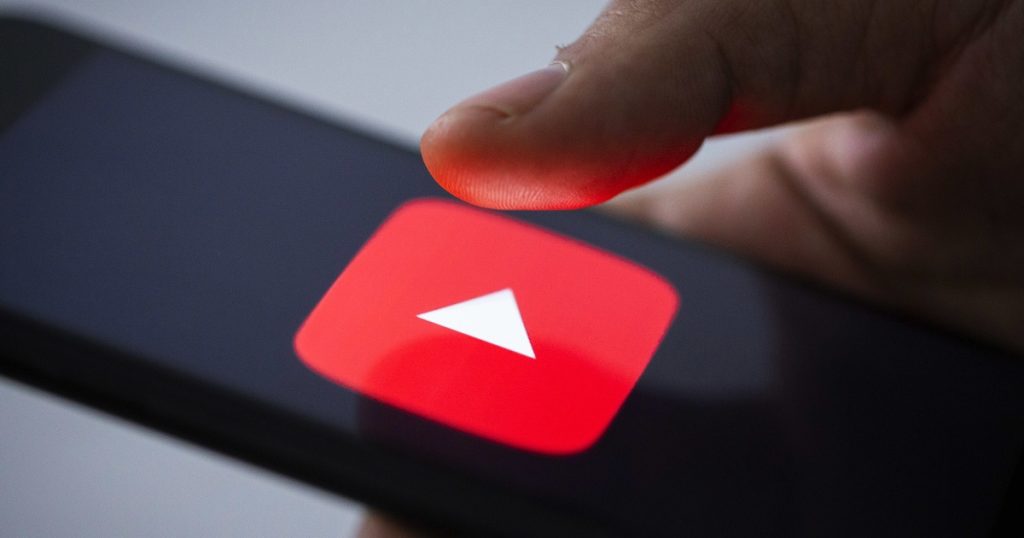Disney leaders discuss YouTube regularly in strategic meetings and have considered adding user-generated content to Disney+, but it’s not part of their immediate plans. On the other hand, Netflix and Warner Bros. Discovery have focused on the 90% of TV viewers who are not on YouTube. YouTube has grown significantly, with over 1 billion hours of content watched on TV screens daily and more than 150 million Americans watching on connected TVs each month. YouTube’s advertising revenue has also seen a sharp increase, reaching $31.5 billion in 2023.
Disney executives are aware of YouTube’s increasing dominance, especially among younger audiences. The company is exploring ways to integrate user-generated content into Disney+ as a way to engage users and keep them on the platform. Disney is considering posting full episodes of Disney+ and Hulu series on YouTube to attract a wider audience and increase viewership. By leveraging the popularity of YouTube, Disney hopes to enhance its storytelling capabilities and reach a broader audience.
Unlike Disney, Netflix does not see YouTube as a direct threat and instead focuses on creating a unique user experience through content recommendations, broad reach, and intense fandom. Netflix has experimented with duplicating content on YouTube, such as the success of the animated series “Cocomelon” on both platforms. Netflix is also competing with YouTube for advertising dollars and considering launching free versions of its service in certain international markets. The company sees YouTube as serving a different consumer need at the moment.
Comcast-owned NBCUniversal has adopted a strategy to curate clips from popular shows like “Saturday Night Live” and “The Office” to mimic the rabbit-hole effect of YouTube Shorts. By offering curated content based on user interests, NBCUniversal aims to cater to the YouTube generation and provide consumers with a choice in their viewing experience. Amazon has taken a different approach by partnering with YouTube influencers like MrBeast to create original content for their platform. However, there is skepticism whether YouTube celebrities can successfully transition to subscription streaming services.
YouTube’s success is attributed to creators’ authentic relationships with their fans, providing a sense of community and real-time content that traditional media cannot replicate. YouTube’s business model for creators incentivizes staying on the platform, with over $70 billion shared through its Partner Program. The immediate feedback and low barrier to entry for content creation on YouTube have contributed to its popularity among younger audiences. However, as users age, there may be a shift towards longer-form storytelling, which poses a challenge for YouTube’s dominance.
Warner Bros. Discovery is less concerned about YouTube’s rising dominance, with a focus on adult content and prestige dramas that cater to a different audience than YouTube’s typical fare. The question of whether younger consumers will outgrow YouTube’s creator-led storytelling remains unanswered. YouTube is experimenting with episodic and scripted series to appeal to all audiences, posing a threat to traditional Hollywood. The future threat of artificial intelligence on YouTube could further disrupt the media industry and put pressure on traditional media companies to innovate and adapt to new technologies.


